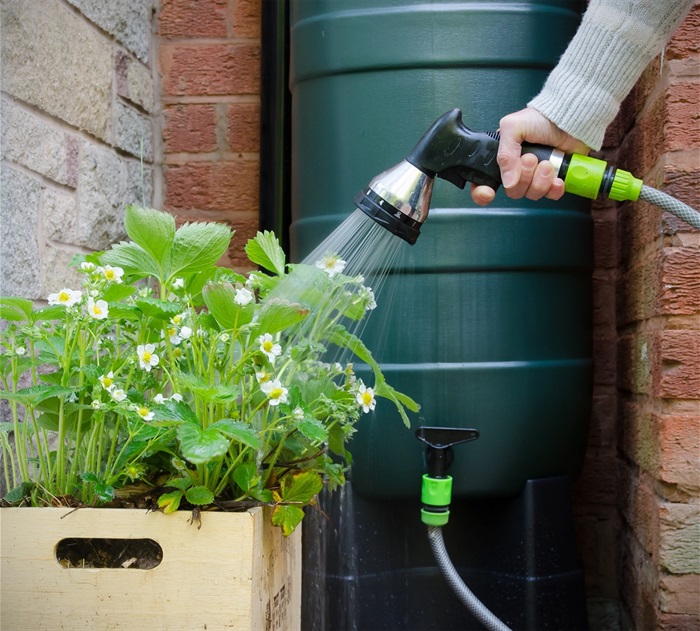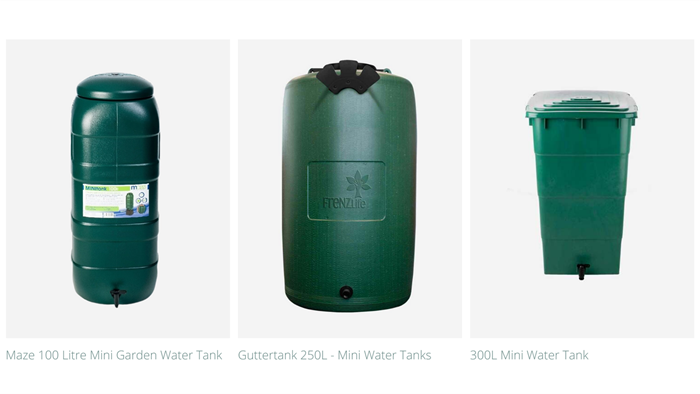Our water. Our future.

Water is taonga, a prized natural resource. It is our future.
In our district, all our water comes from rivers, streams and aquifers. In drier months, water levels drop and the volume we can take from some sources is also reduced to ensure we operate within the resource consent levels Waikato Regional Council sets.
Water may be renewable - but it’s not infinite.
Conserving water is everybody’s responsibility, to ensure there is enough to go around now and in the future. Look after the environment and each other.
Water - it’s not on tap forever.
Summer water restrictions: How can we reduce them?
Reducing our need for water restrictions over our longest, driest months starts now and includes every member of our district.
Being mindful of our water usage habits in spring can help us avoid water restrictions in summer. Breaking bad habits while water is unrestricted will set us up for success when our water levels dip in the summer sun.
This initiative involves every single member of our thriving community. By getting educated on good water practices and giving rainwater collection a crack, you could be a driving force in keeping restrictions to a minimum this summer.
Here are some tips to help you get started.

 Leaky faucets like hoses, shower heads, and bathroom taps can waste up to 60 and 120 drops of water per minute. That could equate to 3 litres per hour.
Leaky faucets like hoses, shower heads, and bathroom taps can waste up to 60 and 120 drops of water per minute. That could equate to 3 litres per hour.
 You can waste a lot of water by using your dishwasher and washing machine without waiting for a full load. Some appliance have options for half loads which use less water.
You can waste a lot of water by using your dishwasher and washing machine without waiting for a full load. Some appliance have options for half loads which use less water.
 Just by switching off the faucet while you scrub your teeth in the morning and before bed, you can save up to 30 litres of water a day.
Just by switching off the faucet while you scrub your teeth in the morning and before bed, you can save up to 30 litres of water a day.
 Running water to cool it down can waste 10 litres a minute. So every time we let the faucet run to cold after using it for warm water, we are throwing away a huge amount of clean water.
Running water to cool it down can waste 10 litres a minute. So every time we let the faucet run to cold after using it for warm water, we are throwing away a huge amount of clean water.
 Try rainwater collections methods like water tanks. This water can be used for a variety of tasks that don’t require treated water. You can find out more about this here.
Try rainwater collections methods like water tanks. This water can be used for a variety of tasks that don’t require treated water. You can find out more about this here.
 The step test is a great way to determine whether watering is necessary for your lawn. Nice, springy soil and grass is already hydrated enough, so put the hose down.
The step test is a great way to determine whether watering is necessary for your lawn. Nice, springy soil and grass is already hydrated enough, so put the hose down.
 You wouldn't believe how much water your toilet uses every time you flush. If you have the option, use the half flush option on your commode.
You wouldn't believe how much water your toilet uses every time you flush. If you have the option, use the half flush option on your commode.
Remember: water is renewable, but it's not infinite. Water is taonga, a prized natural resource. It is our future.
And it's not on tap forever.

Is a rainwater tank right for you?
Water restrictions may be in place this summer so capture that spring rain off your roof and store it for those fast approaching hot summer days with a rainwater tank.

Rainwater is a free resource that is abundant for many months of the year, but when it comes to summer, we can often go weeks without heavy downfall. This is why our Council wants you to start thinking about ways you could capture and store rain water to get ready for those long, dry summers.
It is during out hottest, driest months that we understand just how precious water is. Respecting this taonga when it is abundant will help to reduce water restrictions during dry periods.
Stored water in your rainwater tank is perfect for cleaning the car and boat or keeping the flowers, vegetables and lawns alive. Having this stored water reserve means that you'll have less dependency on community water supplies.
The process is simple. Simply decide where you want to put your tank, talk to a manufacturer about colour, size, cost and delivery, and check if your tank needs any Council consents.
You can secure rainwater tanks from as small as 100L all the way through to 30,000L or more.

We recommend you get in touch with your local supplier to get the right advice when installing a rainwater tank. Many tanks do not require consents, but some do*. There are many retailers that sell rainwater tanks. Tanks less than 1,000 litres in size may be available from your local hardware store.
We can help with information to make it easier and save costs – contact our Duty Planner on 07 868 0200.
For more information on collecting and using rainwater see smarterhomes.org.nz.
But wait. Aren't we surrounded by water?
Yes, we’re surrounded by water on the Coromandel - and it's easy to think that water is a free resource that will never run out. But water isn't as abundant as you might think. Fluctuating population in summertime puts a strain on this precious resource. In our District we use an average of 13 million litres of water per day. In summer this can rise to 25 million litres per day – that’s enough to fill 10 Olympic-sized swimming pools.
*A building consent is not required if the tank meets the requirements for capacity and height-above-ground. For example, the NZ Building Act allows tanks not exceeding 35,000 litres not plumbed into a house as drinking water which is supported directly by ground to be installed 1.5metres from the boundary without building consent. Tanks supported on a structure have limits on size before they need consent. For more information click here.